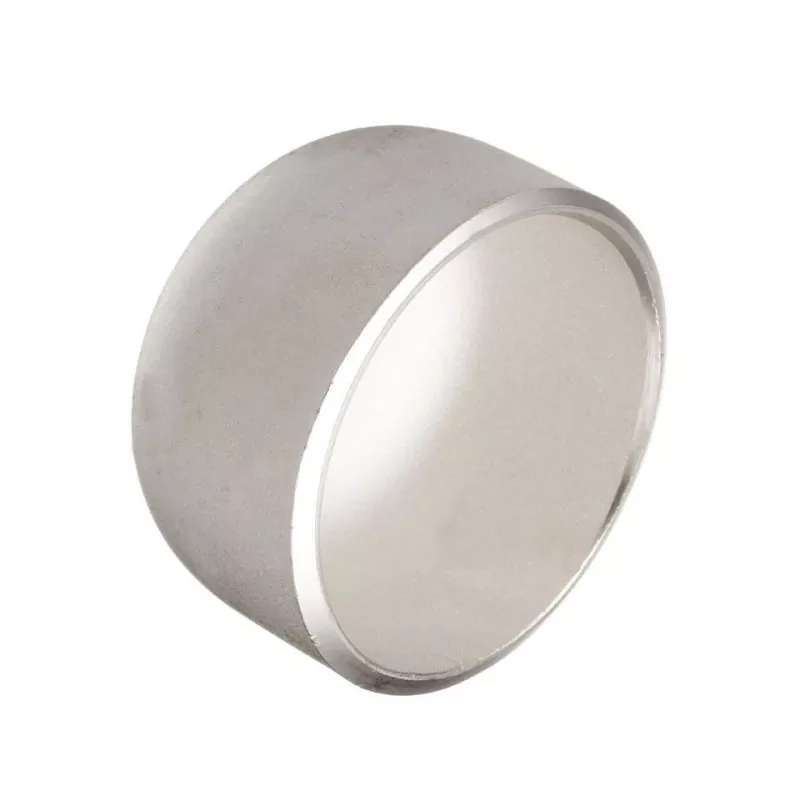How Can Stainless Steel Cap Pipe Fittings Enhance the Reliability of Your Pipeline System?
2025-07-07
In any piping system, sealing and protection are just as critical as flow and connection. One essential component that ensures the integrity of pipelines is the stainless steel cap pipe fitting. Often used to seal off the end of pipelines, this simple yet crucial fitting prevents fluid or gas leakage, enhances system safety, and protects against the intrusion of dust, debris, and environmental contaminants.
Stainless steel cap pipe fittings are commonly used across industries where durability, corrosion resistance, and long-term reliability are paramount. From petrochemical plants to aerospace projects, water treatment facilities, and pharmaceutical manufacturing, these fittings play a vital role in ensuring pipelines operate efficiently while meeting strict industry standards.
Manufactured in a wide range of sizes, stainless steel cap fittings are available in both seamless and welded forms. Seamless options typically cover sizes from 1/2 inch to 36 inches, providing uniform strength and a clean finish ideal for high-pressure or critical applications. For larger dimensions, welded caps can be produced in sizes up to 110 inches, offering flexibility for extensive industrial pipeline systems.
The strength and performance of these fittings also depend on the material selection. Stainless steel grades such as 304, 304L, 316, 316L, 321, and even high-performance alloys like 904L or 254Mo are available to meet specific requirements for corrosion resistance, temperature tolerance, and mechanical strength. For environments exposed to harsh chemicals, high pressure, or extreme temperatures, duplex stainless steels and nickel-based alloys like Inconel, Monel, and Alloy 20 offer exceptional resistance and stability.
These fittings are manufactured to comply with globally recognized standards, including ANSI B16.9, EN10253-4, DIN, GOST, and JIS, ensuring compatibility with diverse piping systems. The wall thickness options range from light-duty specifications like SCH5S or SCH10S to heavy-duty requirements such as SCH160 or XXS, with customization available to suit project-specific needs. Surface finishes can be tailored as well, from pickled or sand-rolled finishes for standard applications to polished or mirror-polished surfaces for environments where hygiene, aesthetics, or enhanced corrosion resistance is necessary.
One of the key advantages of using stainless steel cap pipe fittings lies in their ability to provide reliable end-of-line sealing, significantly reducing maintenance requirements and extending the lifespan of the pipeline. By preventing the entry of external contaminants and resisting internal corrosion, these fittings help maintain system integrity even under demanding operating conditions.
Suppliers often maintain ready stock of various sizes and material grades to ensure fast delivery and meet tight project timelines. Their versatility allows for seamless integration into piping systems made from stainless steel, carbon steel, alloy steel, and other compatible materials, making them a practical solution for a wide range of industrial applications.
Whether sealing the end of a high-pressure line in a petrochemical plant, protecting exhaust systems in the aerospace sector, or enhancing the durability of a water treatment facility, stainless steel cap pipe fittings are a small but indispensable component that contributes significantly to the safety, efficiency, and longevity of modern piping systems.



